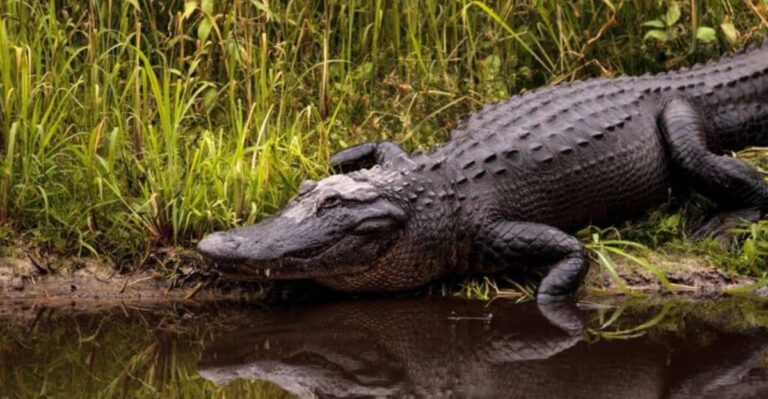What The New Shark Scaling Study Taught Us

Scientists recently made a splash with groundbreaking research on shark body proportions. They discovered that sharks follow a mathematical rule that explains how their bodies work as they grow larger or smaller.
This exciting study used cutting-edge 3D scanning technology to measure dozens of shark species, revealing important connections between body size, energy use, and survival strategies.
1. Sharks Follow A Precise Mathematical Rule
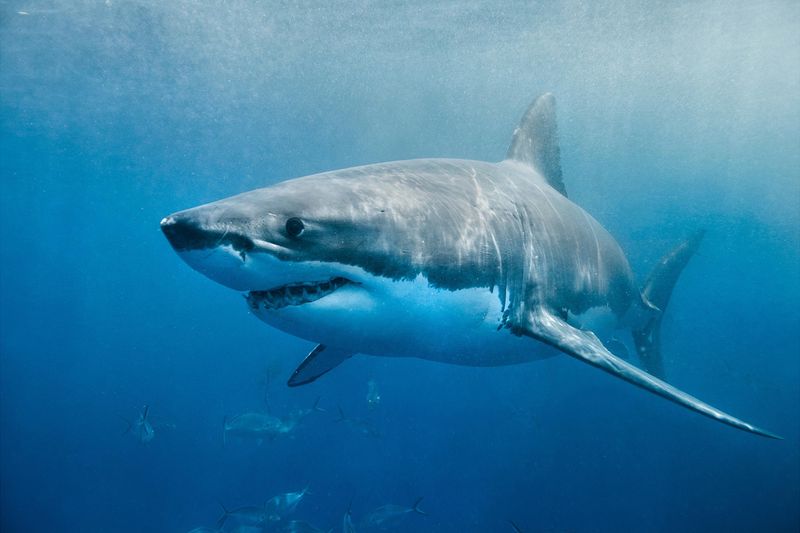
The ocean’s most feared predators turn out to be mathematical marvels! Researchers examined sharks of all sizes and discovered their bodies follow the two-thirds scaling law with remarkable precision.
This isn’t just a cool coincidence—it’s fundamental to how sharks function. The law predicts how body measurements change as animals grow larger, confirming what scientists have theorized for years but rarely proven so perfectly in nature.
2. The Law Predicts Surface Area To Volume Relationships
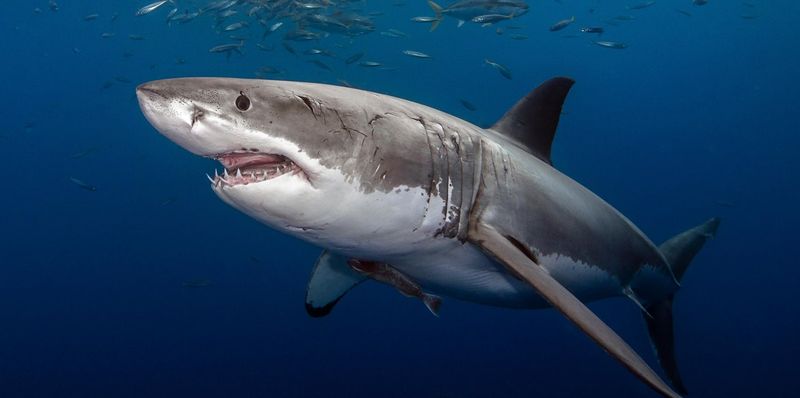
Imagine blowing up a balloon animal—as it gets bigger, its surface stretches less than its insides expand. This same principle applies to sharks!
The century-old theory states that as animals increase in size, their surface area grows at a slower rate than their volume. Sharks demonstrate this relationship with extraordinary accuracy, making them perfect living examples of this biological principle.
3. It Impacts How Animals Exchange Heat And Energy

Beyond just numbers, this scaling rule explains real survival advantages. Smaller sharks lose heat faster because they have more surface area relative to their size—like how a hot cup of coffee cools quicker in a wide mug than a tall, narrow one.
Larger sharks maintain body temperature more efficiently but require more food energy. This balance shapes everything from hunting strategies to habitat preferences across different shark species.
4. One Of The First Confirmations In Full-Sized Animals
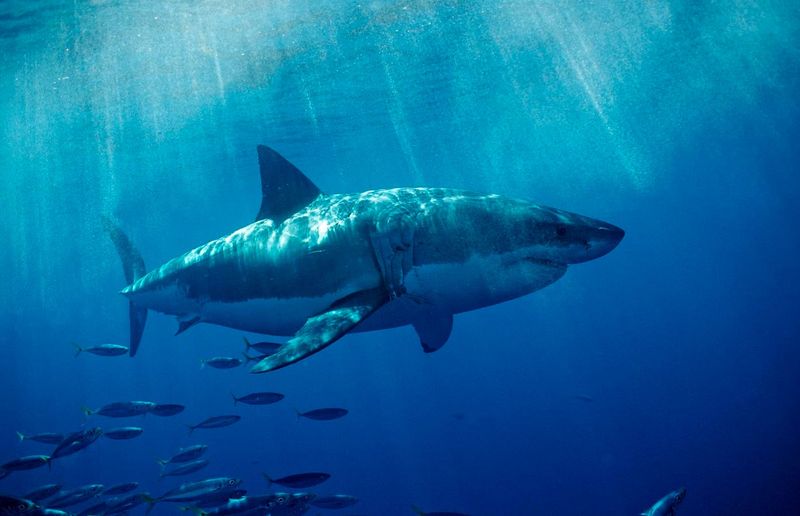
Scientists have long tested the scaling law in tiny creatures like bacteria and insects. Finding it in sharks breaks new ground! These ocean giants provide the first comprehensive evidence that the rule applies across the size spectrum of vertebrate animals.
The confirmation in such large, complex creatures suggests this mathematical relationship might be universal—a fundamental principle governing life forms throughout the animal kingdom.
5. 3D Scanning Was Key To The Breakthrough
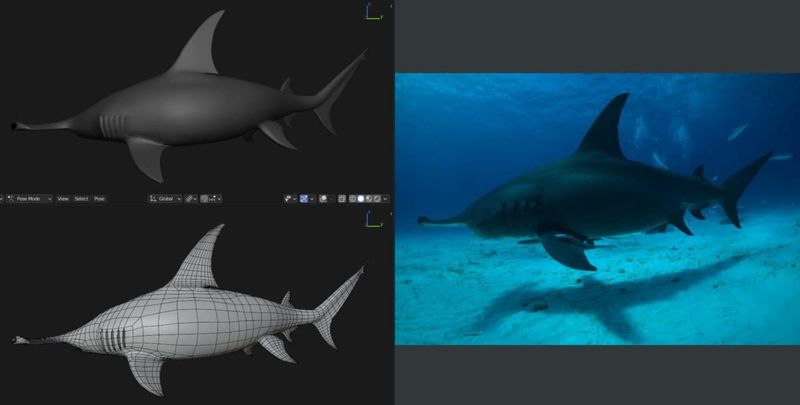
Getting accurate measurements of sharks used to be nearly impossible. Enter cutting-edge technology! Researchers employed sophisticated 3D scanning systems to create virtual models of 54 different shark species.
This innovation allowed scientists to measure surface areas with unprecedented precision. The same technology used in movies and video games is now revealing nature’s hidden patterns, transforming how we study marine creatures.
6. The Study Blends Biology With Digital Art
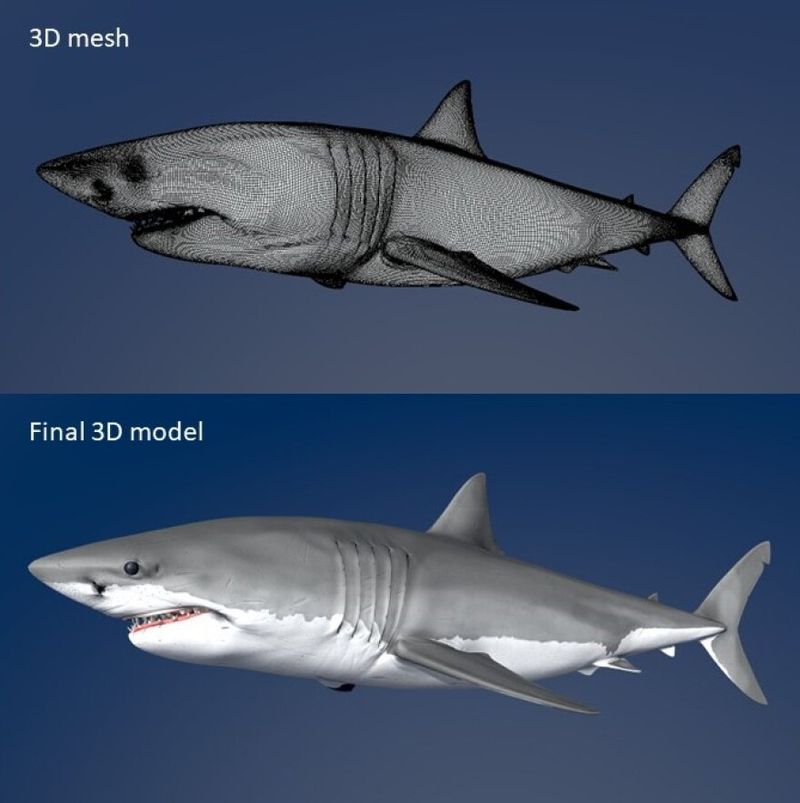
Science meets creativity in this revolutionary approach! A computer graphics artist collaborated with marine biologists to create stunningly detailed digital shark models.
These weren’t just scientifically accurate—they were beautiful. The partnership showcases how different fields can combine forces to solve complex problems. Artists brought visualization skills while scientists contributed biological expertise, resulting in models that served both science and visual education.
7. This Could Change How We Study All Large Animals

Sharks are just the beginning of this scientific revolution! The successful application of scaling laws to sharks opens doors for studying other massive creatures.
Researchers are already planning to use similar techniques on whales, elephants, and crocodiles. Most exciting is the potential to understand extinct giants like dinosaurs and megalodon sharks by applying these mathematical relationships to fossil evidence.
8. Shark Body Shape Matters More Than We Thought

Form truly follows function in the shark world! The study revealed striking connections between a shark’s body shape and its lifestyle.
Fast-swimming pelagic sharks show different scaling patterns than bottom-dwelling species. Every curve and proportion influences how efficiently they move, hunt, and survive. Understanding these relationships helps scientists decode evolutionary pressures that shaped these ancient predators over millions of years.
9. It Could Help Predict How Sharks Handle Climate Stress

As oceans warm, sharks face unprecedented challenges. This research provides valuable clues about which species might be most vulnerable to climate change.
Since body scaling directly affects how sharks process heat and energy, scientists can now make better predictions about adaptation potential. Smaller species with higher surface-to-volume ratios might struggle more with temperature fluctuations, while larger sharks could face different stresses related to food availability.
10. The Two-Thirds Rule Just Got A Whole Lot Cooler

Once confined to dusty textbooks, this mathematical principle now swims with sharks! The two-thirds scaling law has transformed from abstract theory into a powerful tool for understanding real animals in their natural environments.
Scientists are rediscovering the elegance of this simple formula. What seemed like just a mathematical curiosity now helps explain everything from shark metabolism to movement patterns, proving that sometimes the most powerful scientific tools are the simplest ones.


